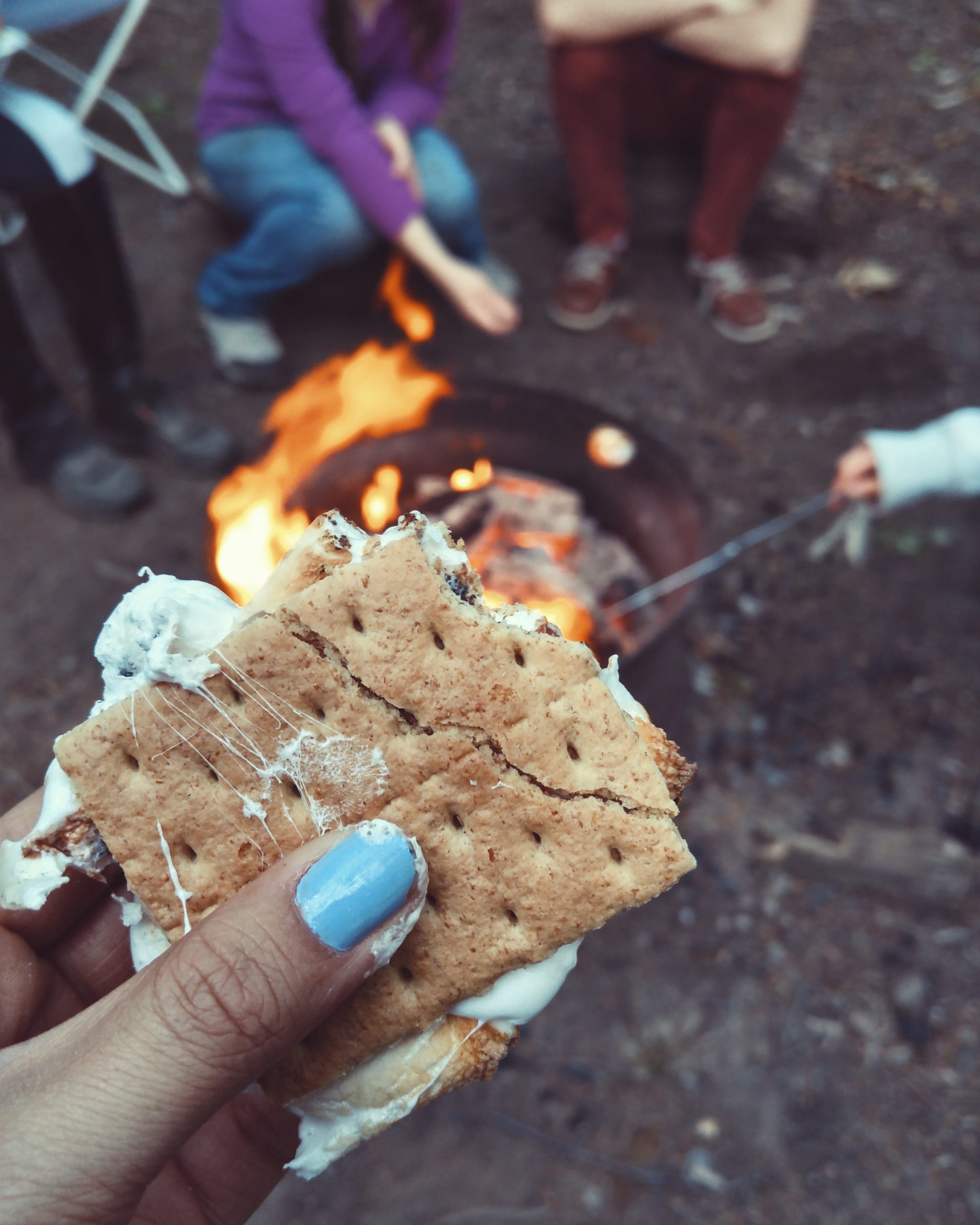Last week we posted a photo on our Facebook page of a small camp fire at a private property, LoveDay 4X4 Adventure Park. We had lots of feedback from our followers accusing us of breaking the law and putting people’s lives in danger. We were horrified and would never in our wildest dreams put anyone’s life at risk and we are definitely not law breakers. So, we wanted to address exactly what happened that day and also include our amazing CFS team to let us all know about the rules and regulations of having a fire here in South Australia, in summer.
 Firstly, the owner of the park we were staying in had called the CFS that day and double checked the weather forecast and made sure that he had permission to have a small comfort fire on his property. The CFS followed the rules and gave permission.
Firstly, the owner of the park we were staying in had called the CFS that day and double checked the weather forecast and made sure that he had permission to have a small comfort fire on his property. The CFS followed the rules and gave permission.
The fire was lit in a clearing right next to the Murray River on a private property. The one thing that they picked us up on was that the ditch may not have been deep enough.
Although we were told we did not break the law, we wanted to use this opportunity to clarify the rules, so we sat down with CFS Director of Preparedness, Brett Loughlin to answer our questions.
xx
Can you have fires in Fire Danger season?
Everyone needs to be mindful of fire safety all year around, but in summer when the state is hot and dry, it only takes a bit of wind or dry lightning and we end up with fires like we saw last year through Kangaroo Island, the Adelaide Hills, and other parts of the state.
We have a set of legally binding rules in place around what you can and can’t do during Fire Danger Season and on days of Total Fire Ban, to reduce the number of fires and to prevent them getting out of control.
On private properties, you can have a small comfort fire, but the fire needs to be situated in a 30cm deep trench, with a 4 metre cleared space around it. The fire can’t be any more than a 1 metre in height or width, so you need to ensure you’re only using small logs and tinder. A responsible adult has to be in attendance as well to help keep things safe.
What are the rules surrounding fire at the moment?
Burn offs, the burning of rubbish or clippings, or large bonfires are not allowed during the Fire Danger Season.
Forests Reserves and most National Parks have restrictions on lighting any fires, regardless of the Fire Danger Rating. On Private Properties, you can have a small comfort fire as long as you do it safely.
On days and in locations where a Total Fire Ban is in place, you can’t light any fires — this even extends not being allowed to use outdoor pizza ovens or kettle BBQ’s such as Webers — on these days, the chances of a fire spreading and getting out of control is too great a risk to take, so anything that is fuelled by wood or charcoal, which can drop or get blown away, is not allowed.
What do you need to do if you are having a comfort fire?
First of all, weigh up if you really need a fire to start with, and play to the conditions. Even if you’re not in an area where there is a Total Fire Ban, still assess your risk — if there’s windy or erratic weather, or if you’re on a property with a lot of bushland or other dry fuel loads nearby, maybe rethink your plans.
If you’ve decided you still want to go ahead, make sure you have a designated person who can manage the fire at all times (this means they need to be sober and able to respond quickly to any changes in conditions). Ensure the area is well raked and there is a minimum 4 square clear area around where you intend to have the fire — this means getting rid of any leaves or twigs in the area that can be picked up by gusty winds and land in an area where there might be more ready-to-burn fuels, such as bushland or reeds.
Again, make sure the fire is kept to less than 1square metre — ensure you have smaller logs and tinder, so that even if something goes wrong, it can’t get too out of hand.
Also, and this is extremely important — make sure you have an appropriate extinguisher or plenty of water on hand. Once you no longer want the fire, you need to make sure it is properly out by drenching it in water or extinguishing agent. We saw in the devastating NSW fires last year, how quickly a campfire that have smouldering for a few days, can quickly cause a lot devastation. If you’re camping, also check the next day that the fire’s completely out by feeling the ground around it. The area needs to be cool to touch, before you can know that it’s safe.
We had a small fire on a private property last weekend, which we now know was wrong (even though we were advised differently at the time!) Where did we go wrong, so we can make sure we’re more prepared moving forward?
The main issue with your campfire from what I can see, is that it wasn’t in a 30cm trench, or proper constructed fire place, which would secure the fire and confine it to a small area. That paired with the amount of leaves and twigs around the fire is a cause for concern — all it would have taken was for a log to roll into some of the fuels on the ground, a gust of wind to push the burning embers into a different part of your camping area, and it could have quickly spread. While we put these rules in place to prevent fires, it’s also an issue of personal safety — the last thing you want is someone near the fire getting burnt by flying bits of debris.
For more information on what you can and can’t do during Fire Danger Season and on days of Total Fire Bans, visit www.cfs.sa.gov.au and follow the SA Country Fire Service on Facebook for updates on fires in your area. If you’re ever unsure whether or not you’re allowed to have a comfort fire, head to the CFS website here.









